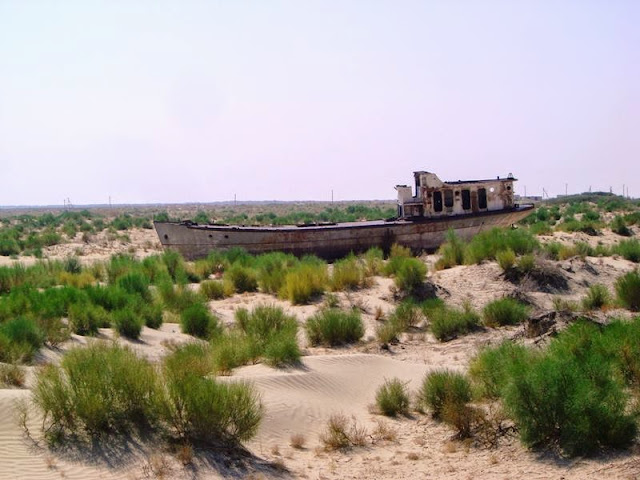Bouctouche is a Canadian town, located
at the mouth of the Bouctouche River on the coast of the Northumberland,
Canada. The Bouctouche Dune or Sandbar is connected to the mainland at a point
approximately 3 ½ miles north of Pointe à Jérôme and ranges southeast for over
seven miles, providing protection for the waters of Buctouche Bay. The sandbar
lies about a mile off of Saint-Thomas-de-Kent, near where the Point Dixon Range
Lights were established in 1881 to support vessels in finding the entrance to
the bay. Well maintained saltwater beach, frontage is an ideal location for
enjoying nature and a focal point for ecotourism. Visitors to this area of the
New Brunswick coast will find a memorable tourism experience in a unique
natural environment.
Therefore, a footbridge built on
the abutments of the old railroad bridge attaches Le Pays de la Sagouine and
Rotary Park from the opposite side of the Bouctouche River. Nowadays, the dune
can be shared by people who want to relish its singular beauty. The boardwalk
is wheelchair, accessible with ramps to the beach and inner bay, and as such,
this earth-cache is wheelchair friendly. La dune de Bouctouche was established
by J. D. Irving, Limited to keep and restore the significant sand dune that
provides habitat for many shorebirds and other migratory birds. A
two-kilometer-long boardwalk lets visitors to feel the sense of flora and fauna
found on the dune without impacting the subtle ecosystem. The beach is located
on the site of the Irving Eco-centre, la Dune de Bouctouche, where a team of
interpreters delivers programs and presentations throughout the season to make
this coastal habitat known to as many people as possible.
Moreover, a lighthouse on the southern extremity
of Buctouche sand bar was put in operation in 1902. The lighthouse is a square
wooden building, prevailed by a square wooden lantern rising from the middle of
the cottage roof. Thus, the building and lantern are painted white. The
lighthouse is 35 feet high from its base to the ventilator on the lantern, and
is located on land 4 feet above high water mark. The light is fixed white
dioptric, elevated 38 feet above high water mark, and noticeable 11 miles from
all points of approach by water. The work was done by Mr. G.W. Palmer, of Kars,
whose contract price for the building was $1,289.In 1907, 375 feet of close
pilework was put in place to protect the lighthouse from the encroaching sea,
and the following year roughly 400 more feet of pipework were added and the
boathouse was moved back to a safer position. Source: CP




































































